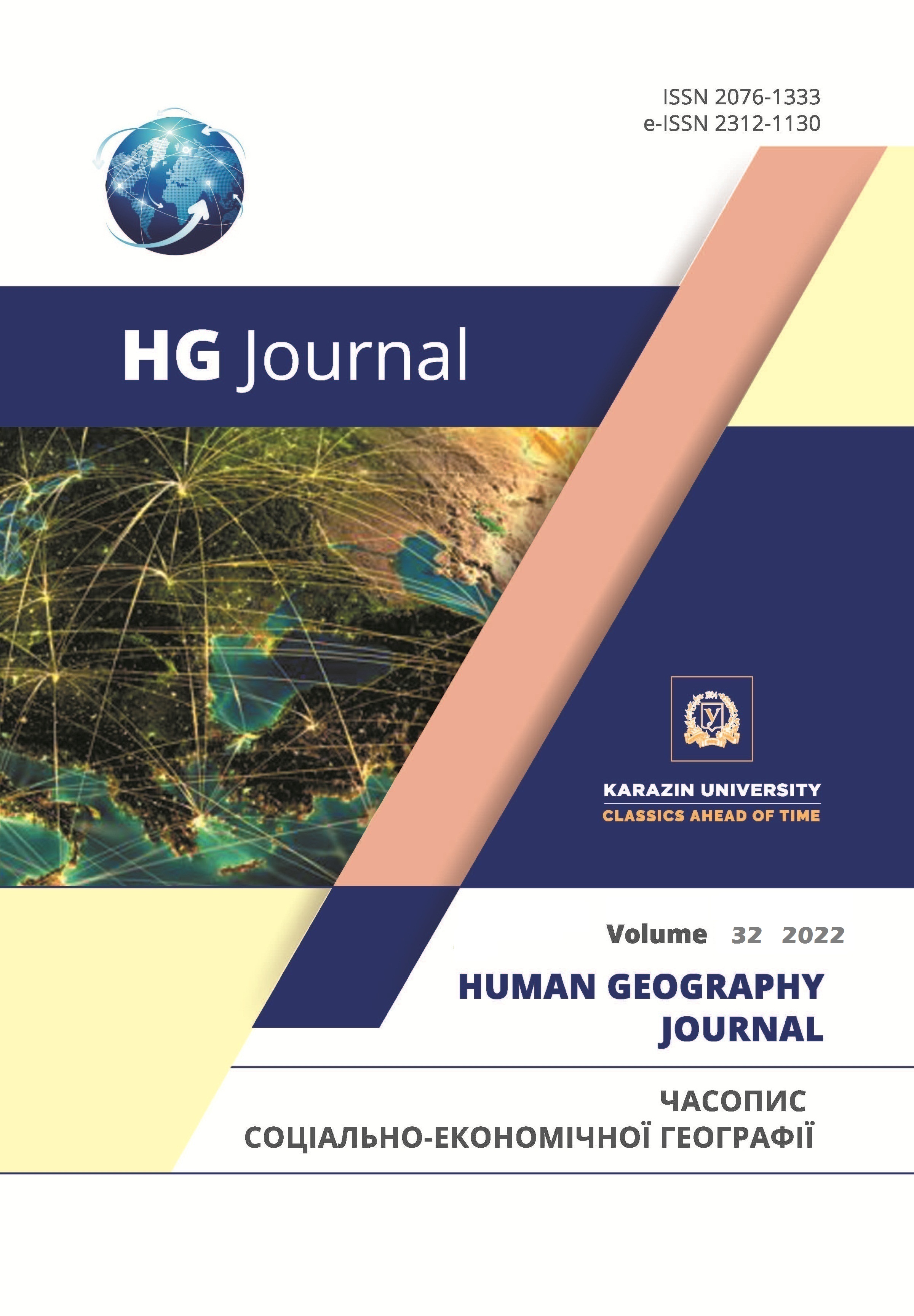Modern state of preschool education in different parts of Ukraine
Abstract
The role of social factors has increased significantly in modern society. Education is essential for raising the intellectual and cultural level of inhabitants in any country. The purpose of this article is to analyze modern state of preschool education in different parts of Ukraine and to point at regional disparities in accessibility of preschool education services. This article gives analysis to modern state of preschool education in different parts of Ukraine. Research was based on several indicators such as number of children involved in preschool education, number of preschools in different regions of Ukraine, preschool enrollment rates and number of children actually attending preschools per 100 available places. Level of development of preschool education in cities and rural areas has been studied in regional context of Ukraine. It was also calculated social density of preschools and indexes of both territorial concentration and localization of preschools in the country. Social density of preschools was also analyzed in the study.
The highest social density of preschools is typical for the capital of Ukraine – the city of Kiev. The lowest social density of preschool sector services is typical for Poltava, Sumy, Chernihiv and Luhansk regions. The highest concentration of preschools is observed in Kyiv city, and low territorial concentration index is observed in Sumy, Zaporizhia, Donetsk and Kirovohrad regions, Kherson region, Chernihiv region and Luhansk region. High localization index values were observed in Khmelnytsky and Ternopil regions, Zhytomyr and Cherkasy regions, Vinnytsia region, Mykolaiv, Zakarpattia, Rivne, Kirovohrad and Volyn regions and the lowest localization index values were observed in Kyiv city, Kharkiv region, Luhansk and Donetsk regions. Regions of Ukraine have been ranked and grouped in types according to their level of preschool education development. According to the results of the study, three types of regions have been identified. Regions (oblast) of Cherkasy, Khmelnytsky, Vinnytsia, Kyiv, Ternopil and Zakarpattia have been included in the first type (high level of preschool education development). The second type (average level of preschool education development) includes city of Kyiv and regions (oblast) of Zhytomyr, Rivne, Mykolaiv, Dnipropetrovsk, Chernivtsi, Sumy, Kherson, Kirovohrad, Poltava and Kharkiv. Regions (oblast) of Volyn, Ivano-Frankivsk, Chernihiv, Lviv, Odessa, Zaporizhia, Donetsk and Luhansk have been included in the third type (low level of preschool education development).
Downloads
References
Dzhaman, V. A., Zayachuk, O. G., & Zayachuk M. D. (2012) Territorial organization of the educational complex of the Chernivtsi region. Scientific Bulletin of Volyn National University named after Lesya Ukrainka. Geographic Sciences, 18, 65-69 [in Ukrainian].
Preschool Education in 2019: Statistical Information (2020). Kiev: State Statistics Service of Ukraine [in Ukrainian].
Zapototskaya, I. V. (2007). Territorial organization of the social sphere of the Cherkasy region and the main directions of its improvement (Extended abstract of Candidate`s thesis). Kyiv [in Ukrainian].
Zayachuk, O. G. (2009). Territorial organization of general educational institutions of the Chernivtsi region. Scientific Bulletin of the Volyn National University named after L. Ukrainka. Series: Geographical Sciences, 8, 116-120 [in Ukrainian].
Ilyev, O. M. (2012). Modern territorial organization of general educational institutions of the Volyn region. Geography and tourism, 22, 258-265 [in Ukrainian].
Kornus, O. G. (2012). Social and geographical aspects of the development of preschool education in the Sumy region. Journal of Socio-Economic Geography, 12 (1), 111-118 [in Ukrainian].
Kornus, O. G., Niemets, K. A., Niemets, L. M., & Kornus, A. A. (2009). The service sector of the population of the Sumy region: socio-geographical aspects: Monograph. Kharkov-Sumy [in Ukrainian].
Niemets, K. A., Virchenko, P. A., & Kuleshova, G. A. (2014). The educational system of the Kharkov region: socio-geographical aspect: monograph. Kharkov [in Ukrainian].
Regions of Ukraine in 2019: statistical collection. Part I. (2020). Kiev: State Statistics Service of Ukraine [in Ukrainian].
Sinyura-Rostun, N. G. (2010). Features of the territorial organization of preschool education institutions in the Lvov region. Regional economy, 3, 208-215. Retrieved from http://nbuv.gov.ua/UJRN/regek_2010_3_28 [in Ukrainian].
Sichkarenko, K. A. (2010). Territorial organization of higher education in Ukraine (Extended abstract of Candidate`s thesis). Kyiv [in Ukrainian].
Copyright (c) 2022 Olesya Kornus, Anatolii Kornus, Mykyta Konovalov, Olena Korol, Оlha Skyba

This work is licensed under a Creative Commons Attribution 4.0 International License.




